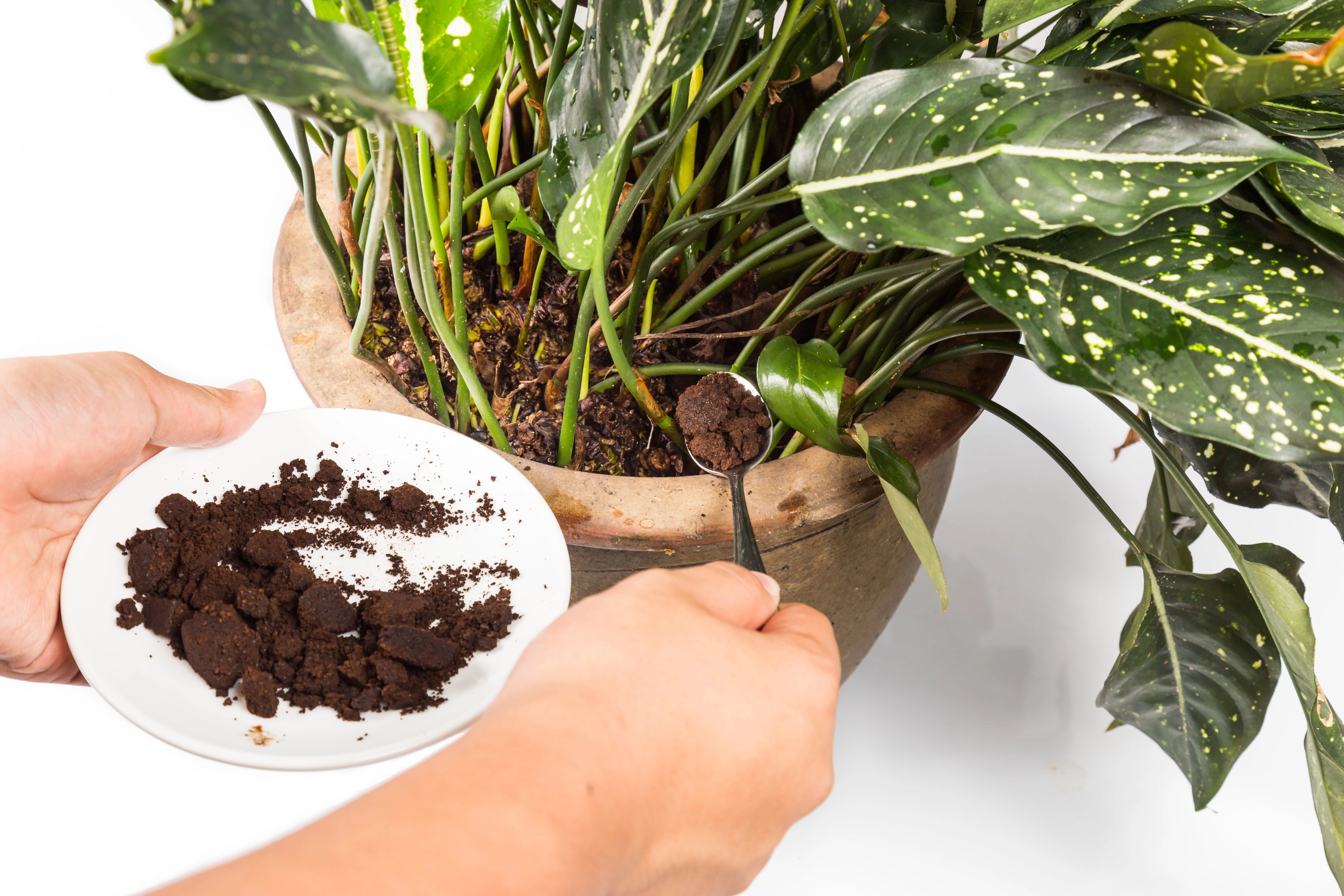

Articles
How To Apply Fertilizer To Plants
Modified: February 19, 2024
Learn the best techniques to apply fertilizer to plants with our informative articles. Improve your gardening skills and maximize plant growth.
(Many of the links in this article redirect to a specific reviewed product. Your purchase of these products through affiliate links helps to generate commission for Storables.com, at no extra cost. Learn more)
How To Apply Fertilizer To Plants
Proper application of fertilizer is essential to promote healthy plant growth and maximize their potential. Fertilizers provide plants with essential nutrients that may be lacking in the soil, ensuring they have the resources needed for optimal development. To help you achieve successful results, here is a step-by-step guide on how to apply fertilizer to plants.
1. Determine the Needs of Your Plants: Different plants have varying nutrient requirements. Before applying fertilizer, it is crucial to assess the specific needs of your plants. Conduct a soil test to determine any deficiencies or excesses in nutrients. This analysis will guide you in selecting the appropriate type and amount of fertilizer.
2. Choose the Right Fertilizer: There are different types of fertilizers available, each formulated for specific purposes. Common types include organic, slow-release, and water-soluble fertilizers. Consider the nutrient content, release rate, and the specific needs of your plants when selecting a fertilizer.
3. Follow Label Instructions: Carefully read and follow the instructions provided on the fertilizer package. These guidelines will specify the recommended application rate, frequency, and any special precautions or dilution requirements.
4. Prepare the Fertilizer: Measure the correct amount of fertilizer using a calibrated garden scale or measuring cup. If using solid granular fertilizer, you may need to break up any clumps before application. For liquid fertilizers, mix according to the package instructions.
5. Apply Fertilizer Evenly: Distribute the fertilizer evenly over the soil surface or along the plant’s root zone. Avoid direct contact with the plant stems or leaves, as this may cause burning or damage. If using a granular fertilizer, lightly rake the soil or water the area to help incorporate the fertilizer into the soil.
6. Timing Matters: Consider the growth stage of your plants when applying fertilizer. In general, it is best to fertilize in early spring before new growth begins or in early fall to support root development. Avoid fertilizing during extreme weather conditions or when plants are stressed.
7. Water After Application: Water the plants immediately after applying the fertilizer. This helps dissolve the nutrients and facilitates their absorption by the plant roots. Adequate moisture also prevents burning and ensures proper distribution of the fertilizer throughout the soil.
8. Monitor and Adjust: Regularly monitor your plants for any signs of over or under fertilization. Adjust the fertilizer application accordingly. Symptoms of over-fertilization include yellowing leaves, stunted growth, or leaf burn. If under-fertilization is evident, increase the frequency or amount of fertilizer applied.
9. Store Fertilizer Properly: After use, store your fertilizer in a cool, dry place, away from direct sunlight and moisture. Keep it out of reach of children and pets.
By following these steps, you can ensure the correct and efficient application of fertilizer to your plants. Remember, proper fertilization is just one aspect of plant care. Providing adequate sunlight, water, and maintenance will all contribute to healthy and thriving plants.
Key Takeaways:
- Properly applying fertilizer is crucial for healthy plant growth. Understanding plant needs, choosing the right fertilizer, and following correct application steps are essential for optimal results.
- Consider soil testing, nutrient requirements, and environmental factors when applying fertilizer. Avoid common mistakes and follow proper guidelines for successful plant care.
Read more: How To Apply Grass Fertilizer
Introduction
Applying fertilizer to plants is an essential practice for any gardener or plant enthusiast. Fertilizers provide plants with the required nutrients to support their growth, development, and overall health. Whether you have a vegetable garden, flower beds, or potted plants, understanding how to properly apply fertilizer will ensure that your plants thrive and reach their full potential.
A well-balanced and nutrient-rich soil is the foundation for healthy plant growth. However, over time, the natural nutrient levels in the soil can become depleted, leading to nutrient deficiencies in plants. This is where fertilizers come into play. Fertilizers act as supplements, supplying essential macro and micronutrients that may be lacking in the soil.
Applying fertilizer to plants offers several benefits. Firstly, it provides plants with the necessary nutrients to support their metabolic processes, such as photosynthesis, nutrient absorption, and root development. This, in turn, promotes vigorous growth, improves plant resistance to diseases and pests, and enhances their ability to produce flowers, fruits, and seeds.
Additionally, fertilizers can help rectify imbalances in the soil pH, ensuring it remains within the optimal range for plant nutrient uptake. Some fertilizers also contain organic matter, which improves soil structure and fertility over time. By replenishing the nutrient levels in the soil, fertilization contributes to long-term soil health and sustainability.
However, it’s important to note that improper or excessive fertilizer application can have negative consequences. Over-fertilizing can lead to nutrient runoff, which can pollute groundwater and have adverse effects on the environment. It can also burn plant roots and foliage, causing damage or even death to the plants. Therefore, it is crucial to understand the proper techniques and considerations involved in applying fertilizer.
In this comprehensive guide, we will explore the various factors to consider before applying fertilizer, the different types of fertilizers available, and how to determine the nutrient requirements of your plants. We will also provide step-by-step instructions on how to correctly apply fertilizer, along with tips to avoid common mistakes. By following these guidelines, you can ensure that your plants receive the nutrients they need for robust growth and bountiful harvests.
Benefits of Applying Fertilizer
Applying fertilizer to plants offers numerous benefits that contribute to their overall health and vitality. Here are some of the key advantages of using fertilizers:
1. Improved Plant Growth: Fertilizers provide essential nutrients, such as nitrogen (N), phosphorus (P), and potassium (K), which are crucial for plant growth and development. These nutrients support various physiological processes, including photosynthesis, enzyme production, and cell division. By supplying plants with the necessary nutrients, fertilizers promote vigorous growth, resulting in larger and healthier plants.
2. Enhanced Nutrient Availability: Over time, the natural nutrient levels in the soil can become depleted. Applying fertilizers replenishes these nutrients, ensuring that plants have an abundant supply to meet their nutritional requirements. This is especially important in regions with poor or nutrient-deficient soils.
3. Increased Yield and Quality: Adequate nutrient availability is crucial for maximizing crop yields and improving the quality of fruits, vegetables, and flowers. Fertilizers provide the necessary nutrients during growth stages that are critical for flowering, fruiting, and seed production. By providing ample nutrients, fertilizers contribute to bigger harvests and higher-quality produce.
4. Disease and Pest Resistance: Well-nourished plants are better equipped to defend themselves against diseases and pests. Certain nutrients, such as potassium, enhance a plant’s natural defense mechanisms and strengthen its immune system. By providing optimal nutrition, fertilizers help plants ward off common diseases and reduce the risk of pest infestations.
5. Improved Soil Fertility: Fertilizers not only benefit plants, but they also contribute to soil health and fertility. Many fertilizers contain organic matter, which improves soil structure, promotes microbial activity, and enhances nutrient retention. Continuous use of fertilizers can enhance the overall fertility of the soil, making it more conducive to plant growth.
6. Correct Nutrient Imbalances: Fertilizers can help correct nutrient imbalances in the soil. Soil testing can identify deficiencies or excesses of specific nutrients, and targeted fertilization can rectify these issues. Maintaining the proper balance of nutrients ensures that plants can absorb and utilize nutrients efficiently, leading to better overall health and growth.
7. Faster Recovery from Stress: Plants subjected to environmental stress, such as drought, extreme temperatures, or transplanting, require additional support to recover and regain vitality. Fertilizers provide the necessary nutrients to help plants recover faster and resume healthy growth, improving their chances of survival.
Overall, applying fertilizer to plants is a key practice in maintaining plant health and maximizing their growth potential. By providing the necessary nutrients, fertilizers offer a range of benefits, including improved growth, increased yield and quality, disease resistance, and enhanced soil fertility. However, it is important to apply fertilizers judiciously, following proper guidelines and considering the specific needs of your plants, to avoid negative impacts and achieve optimal results.
Factors to Consider Before Applying Fertilizer
Before applying fertilizer to your plants, it is important to consider several factors to ensure that you provide the right nutrients in the correct amounts. Taking these factors into account will help you make informed decisions and optimize the effectiveness of the fertilizer application. Here are some key factors to consider:
1. Soil Testing: Conducting a soil test is the first step in determining the nutrient needs of your plants. Soil tests provide valuable information about the existing nutrient levels, pH, and organic matter content in the soil. This information helps you identify any deficiencies or imbalances and allows you to choose the appropriate fertilizer and application rate.
2. Plant Type and Growth Stage: Different plants have varying nutrient requirements. Consider the specific needs of your plants, including their type, growth stage, and desired outcomes (e.g., flowers, fruits, or foliage). For example, leafy green vegetables may require higher nitrogen levels, while flowering plants often benefit from a balanced fertilizer with higher phosphorus content.
3. Nutrient Ratio: Fertilizers are typically labeled with three numbers representing the ratio of nitrogen (N), phosphorus (P), and potassium (K) content, respectively. This ratio indicates the relative amounts of each nutrient in the fertilizer. Understanding the nutrient requirements of your plants will help you choose a fertilizer with the appropriate ratio to meet those needs.
4. Nutrient Mobility and Availability: Consider the mobility and availability of different nutrients in the soil. Some nutrients, like nitrogen, are more mobile and can be easily washed away or leached from the soil. Others, like phosphorus and potassium, are less mobile and remain in the soil for longer periods. Take into account the mobility and availability of nutrients when selecting the type and timing of fertilizer application.
5. Environmental Conditions: Environmental factors, such as temperature, rainfall, and sunlight, can influence nutrient uptake and plant growth. Plants may have different nutrient requirements during different seasons or under varying conditions. Temperature extremes, drought, or excessive rainfall can affect the availability and absorption of nutrients by plants. Adjust fertilizer application accordingly to ensure optimal nutrient uptake under prevailing conditions.
6. Application Method and Rate: Consider the appropriate application method and rate for your chosen fertilizer. Granular fertilizers may require spreading evenly across the soil surface and then worked into the soil. Liquid fertilizers can be applied through irrigation systems or sprayed directly onto plants. Follow the instructions provided on the fertilizer package to determine the correct application rate and method for your specific plants and soil type.
7. Seasonal Timing: Proper timing is crucial for effective fertilizer application. Different plants have varying nutrient requirements during different stages of growth. Applying fertilizer during the active growth period, such as early spring or late summer, ensures that plants receive nutrients when they need them the most. Avoid fertilizing during periods of dormancy or extreme weather conditions, as plants may not be able to absorb the nutrients effectively.
By considering these factors before applying fertilizer, you can make informed decisions that support the nutrient needs of your plants. Taking the time to understand your soil, plant type, nutrient ratios, and environmental conditions will help you choose the right fertilizer and optimize its application rate and timing. Remember, proper fertilizer application is key to promoting healthy plant growth and achieving the best possible results.
Different Types of Fertilizers
When it comes to fertilizers, there is a wide range of options available, each with its own unique characteristics and benefits. Understanding the different types of fertilizers will help you choose the right one for your plants’ specific needs. Here are some of the most common types of fertilizers:
1. Organic Fertilizers: Organic fertilizers are derived from natural sources, such as plant and animal materials. They are rich in organic matter and nutrients, including nitrogen, phosphorus, and potassium. Organic fertilizers work gradually, releasing nutrients slowly as they break down. They improve soil structure, promote microbial activity, and enhance nutrient retention. Examples of organic fertilizers include compost, manure, bone meal, and fish emulsion.
2. Inorganic or Synthetic Fertilizers: Inorganic or synthetic fertilizers are manufactured using chemical processes. They provide readily available nutrients in specific ratios. These fertilizers are often formulated with a balanced blend of nitrogen (N), phosphorus (P), and potassium (K), represented by three numbers on the fertilizer label. Inorganic fertilizers are fast-acting, quickly supplying nutrients to plants. They come in various forms, including granular and liquid fertilizers.
3. Slow-Release Fertilizers: Slow-release fertilizers, also known as controlled-release fertilizers, provide a gradual and constant supply of nutrients to plants over an extended period. The nutrients are released slowly, depending on environmental factors such as temperature, microbial activity, and moisture levels. Slow-release fertilizers are especially beneficial for plants that require a steady nutrient supply, reducing the risk of nutrient leaching and preventing fertilizer burn. They are available in granular, pellet, or prill forms.
4. Water-Soluble Fertilizers: Water-soluble fertilizers are concentrated powder or liquid formulations that dissolve easily in water. They are typically used for foliar feeding or as a quick nutrient boost for plants. Water-soluble fertilizers are easy to apply through irrigation systems or by directly watering the plants. They provide an immediate supply of nutrients that can be readily absorbed by plant roots or foliage.
5. Organic-Based Fertilizers: Organic-based fertilizers are a combination of organic and inorganic components. They blend organic materials, such as compost or natural extracts, with mineral nutrients. These fertilizers offer the benefits of both organic and inorganic fertilizers, providing a balance between slow-release nutrients and immediate availability.
6. Liquid Fertilizers: Liquid fertilizers are concentrated solutions that can be diluted with water before application. They are typically water-soluble and can be quickly absorbed by plants through root uptake or foliar application. Liquid fertilizers are convenient to use and enable precise control over nutrient concentrations. They are often used for container plants, hydroponics, or as a supplementary feed to complement other fertilizer types.
7. Specialized Fertilizers: There are also specialized fertilizers designed for specific plant types or growing conditions. For example, acid-loving plants like azaleas and blueberries may require fertilizers formulated for acidic soils. Likewise, there are fertilizers designed for lawns, roses, and vegetable gardens, each catering to the specific needs of those plants.
When choosing a fertilizer, consider factors such as the nutrient requirements of your plants, the desired release rate, ease of application, and environmental considerations. It is also important to follow the manufacturer”s instructions and dosage recommendations for optimal results. By selecting the appropriate fertilizer type, you can provide your plants with the necessary nutrients to support their growth, health, and overall development.
Read more: When To Apply Winter Fertilizer
Understanding Nutrient Requirements of Plants
Plants require a balanced supply of essential nutrients to grow and thrive. Understanding the nutrient requirements of your plants is crucial in providing them with the necessary elements for healthy development. Here are some key factors to consider when it comes to understanding nutrient requirements:
1. Macronutrients: Plants require macronutrients in relatively large quantities. The three primary macronutrients are nitrogen (N), phosphorus (P), and potassium (K), commonly referred to as NPK. Nitrogen supports leaf and stem growth, phosphorus promotes root development and flowering, while potassium enhances overall plant health and disease resistance. Ensuring an adequate supply of these macronutrients is vital for balanced plant growth.
2. Micronutrients: Micronutrients, also known as trace elements, are required in smaller quantities but are equally important for plant growth. These include iron, zinc, manganese, copper, molybdenum, boron, and chlorine. Each micronutrient plays a specific role in various biochemical processes within the plant. A deficiency or imbalance of micronutrients can result in stunted growth, yellowing leaves, and reduced plant health.
3. Soil pH: The soil pH level significantly influences nutrient availability to plants. Different plants have different pH preferences, and nutrient uptake can be affected by soil acidity or alkalinity. Some nutrients are less available or may be locked up in the soil at extreme pH levels. Testing and maintaining the appropriate soil pH range for your plants will optimize nutrient uptake and utilization.
4. Nutrient Interactions: Nutrients interact with each other in complex ways, affecting their availability to plants. Some nutrients may compete for uptake or be more or less available depending on the presence of other nutrients. For example, excessive phosphorus can inhibit iron absorption. Consider these interactions when formulating fertilizer programs or correcting nutrient deficiencies.
5. Plant Growth Stage: Plant nutrient requirements vary at different stages of growth. During the vegetative phase, plants require higher nitrogen levels to support leaf and stem development. As the plants transition to the reproductive phase, a balanced ratio of macronutrients is essential to promote flowering, fruiting, and seed production. Understanding the growth cycle of your plants will help you adjust nutrient application accordingly.
6. Environmental Factors: Environmental factors, such as temperature, light, humidity, and water availability, can influence nutrient requirements. Plants under stress or exposed to extreme conditions may have altered nutrient needs. Adapting your fertilizer application to specific environmental conditions will ensure that the plants receive the appropriate nutrients to support their growth and resilience.
7. Observing Plant Symptoms: Regular observation of your plants can provide valuable clues about their nutrient requirements. Signs of nutrient deficiencies or toxicities, such as yellowing leaves, stunted growth, or leaf discoloration, can indicate specific nutrient imbalances. Identifying and addressing these symptoms early on can help prevent further damage and optimize plant health.
It is important to note that different plants have varying nutrient requirements. Researching the specific nutrient needs of your plants, consulting gardening resources, or seeking advice from local experts can provide valuable insights. Additionally, conducting a soil test to assess nutrient levels and pH will guide you in formulating a fertilizer program tailored to your plants’ requirements. By understanding and meeting the nutrient requirements of your plants, you can support their healthy growth, enhance their productivity, and create an environment where they can thrive.
When applying fertilizer to plants, make sure to follow the instructions on the fertilizer package for the correct dosage and application method. Over-fertilizing can harm the plants.
Choosing the Right Fertilizer for Your Plants
Choosing the right fertilizer for your plants is crucial to provide them with the nutrients they need for healthy growth and development. With a vast array of fertilizers available, it can be overwhelming to determine which one is best for your plants. Consider the following factors to make an informed decision:
1. Nutrient Requirements: Understand the specific nutrient requirements of your plants. Different plants have varying needs for macronutrients (nitrogen, phosphorus, and potassium) and micronutrients. Conduct a soil test to determine any deficiencies or imbalances and select a fertilizer that addresses those specific nutrient needs. Look for fertilizers with the right nutrient concentrations or ratios for your plants.
2. Fertilizer Formulation: Fertilizers come in different formulations, such as granular, liquid, slow-release, or water-soluble. Consider the pros and cons of each formulation and choose one that aligns with your gardening practices and the needs of your plants. Granular fertilizers are easy to apply and have longer-lasting effects, while liquid fertilizers provide quick nutrient absorption and are suitable for foliar feeding.
3. Nutrient Release Rate: Some fertilizers release nutrients quickly, while others have a slow-release mechanism. Determine the growth stage of your plants and their nutrient requirements to select the appropriate release rate. Slow-release fertilizers are beneficial for providing a continuous supply of nutrients over an extended period, reducing the risk of nutrient leaching and promoting gradual plant growth.
4. Organic vs. Inorganic Fertilizers: Decide whether you prefer to use organic or inorganic (synthetic) fertilizers. Organic fertilizers are derived from natural sources and have the advantage of improving soil structure and enhancing long-term soil fertility. Inorganic fertilizers, on the other hand, provide a readily available and precise nutrient supply. Consider your gardening philosophy, environmental concerns, and the specific needs of your plants when choosing between the two.
5. Application Method: Consider the ease of application of the fertilizer. Some fertilizers require spreading on the soil surface and working them into the soil, while others can be applied directly to the plants as a foliar spray. Choose a fertilizer that aligns with your preferred application method and gardening practices.
6. Environmental Considerations: Take into account the environmental impact of the fertilizer. Look for fertilizers with low environmental risks, such as those with slow-release properties that minimize nutrient runoff. Avoid excessive fertilizer use and follow the recommended application rates to prevent water pollution and minimize negative impacts on ecosystems.
7. Availability and Cost: Consider the availability and cost of the fertilizer. While price is a factor, it should not be the sole determinant in your decision. Compare different brands and formulations to find a fertilizer that offers both quality and value for money.
8. Reputation and Reviews: Research and read reviews about different fertilizer brands or products. Learn from the experiences of other gardeners and seek recommendations from trusted sources. A reputable fertilizer brand with positive customer feedback can provide confidence in its effectiveness and quality.
Remember to follow the manufacturer’s instructions for proper fertilizer application. Over-fertilization can lead to nutrient imbalances, burning of plant roots, and detrimental environmental impacts. By choosing the right fertilizer and applying it correctly, you can ensure that your plants receive the necessary nutrients for robust growth, vibrant blooms, and healthy yields.
Steps to Apply Fertilizer Correctly
Properly applying fertilizer is essential to ensure that plants receive the right nutrients for healthy growth and maximum productivity. Here are the steps to follow for correct fertilizer application:
1. Determine Fertilizer Type: Select the appropriate fertilizer based on the nutrient requirements of your plants and the results of a soil test. Consider whether you need an organic or inorganic fertilizer, as well as the specific formulation (granular, liquid, slow-release, etc.) that will best suit your needs.
2. Read and Follow Instructions: Carefully read the manufacturer’s instructions on the fertilizer package. Understand the recommended application rate, frequency, and any special instructions for dilution, timing, or specific plant types. Adhering to these instructions will ensure that you apply the fertilizer correctly.
3. Choose the Application Method: Depending on the fertilizer type, choose the appropriate application method. Granular fertilizers can be spread evenly over the soil surface, while liquid fertilizers can be applied directly to the plants’ foliage or through irrigation systems. Select the method that is most suitable for your plants and gardening practices.
4. Prepare the Fertilizer: Measure the correct amount of fertilizer using a calibrated garden scale or measuring cup. Follow the recommended dosage provided on the fertilizer package or based on your soil test results. If using granular fertilizer, you may need to break up any clumps before application to ensure even distribution.
5. Apply Evenly: Distribute the fertilizer evenly over the soil surface or the plant’s root zone, following the recommended application rate. Avoid directly placing the fertilizer in contact with the plant’s stems or leaves, as this can cause burning or damage. For granular fertilizers, lightly rake the soil after application to incorporate the fertilizer into the top layer.
6. Timing Matters: Consider the timing of fertilizer application. In general, fertilize at the beginning of the growing season, before new growth starts. For perennial plants, apply fertilizers in early spring and again in late summer for an added boost. Avoid fertilizing during extreme weather conditions or when plants are stressed.
7. Water After Application: Water the plants immediately after applying the fertilizer. This helps dissolve the nutrients and facilitates their absorption by the plant roots. Adequate moisture also ensures proper distribution of the fertilizer throughout the soil. Apply enough water to ensure the fertilizer is properly incorporated into the soil.
8. Monitor and Adjust: Regularly monitor your plants for any signs of over or under fertilization. Symptoms of over-fertilization may include yellowing leaves, stunted growth, or leaf burn. If under-fertilization is evident, increase the frequency or amount of fertilizer applied. Adjust the fertilizer application as needed to meet the specific needs of your plants.
9. Store Fertilizer Properly: After use, store the fertilizer in a cool, dry place, away from direct sunlight and moisture. Ensure the packaging is tightly sealed to prevent moisture intrusion. Follow proper storage guidelines to maintain the fertilizer’s effectiveness for future use.
By following these steps, you can ensure the correct and efficient application of fertilizer to your plants. Remember to read and follow the instructions, choose the appropriate fertilizer type and application method, and monitor your plants’ response. Providing the right nutrients at the right time will promote healthy plant growth, robust yields, and vibrant blooms.
Tips for Proper Fertilizer Application
Proper application of fertilizer is essential to ensure that plants receive the right nutrients in the right amounts. Here are some tips to help you apply fertilizer effectively and maximize its benefits:
1. Follow Soil Test Recommendations: Conduct a soil test to determine the nutrient levels in your soil. The test results will provide insights into any nutrient deficiencies or imbalances, helping you select the appropriate fertilizer and application rate.
2. Apply Fertilizer at the Right Time: Consider the growth stage of your plants when applying fertilizer. Apply fertilizer during the active growth period, such as early spring or late summer, when plants have high nutrient demands. Avoid fertilization during periods of dormancy or extreme weather conditions.
3. Avoid Excessive Fertilizer Use: Over-fertilizing can lead to nutrient imbalances, burning of plant roots, and environmental pollution. Follow the recommended application rates provided on the fertilizer package. Remember, a little goes a long way when it comes to fertilizers.
4. Water After Fertilizer Application: Water the plants thoroughly after applying fertilizer. This helps dissolve the nutrients and moves them into the root zone, making them accessible to the plants. Adequate hydration also prevents the risk of fertilizer burn and ensures even distribution of nutrients.
5. Use Appropriate Application Method: Choose the correct application method based on the fertilizer type and plant needs. Granular fertilizers can be spread evenly over the soil surface or incorporated into the top layer, while liquid fertilizers can be applied through irrigation systems or directly onto the plant foliage.
6. Maintain Proper Spacing: Ensure proper spacing between plants when applying granular fertilizers. This prevents concentrated nutrient accumulation around individual plants and promotes uniform nutrient distribution throughout the garden bed or container.
7. Avoid Fertilizer Contact with Plant Tissues: Keep fertilizers away from direct contact with plant stems, leaves, and flowers. Concentrated fertilizer can burn plant tissues and cause damage. Apply the fertilizer around the root zone, allowing the plants to absorb the nutrients gradually.
8. Consider Fertilizer Placement: Depending on the plant type, consider the placement of the fertilizer. For shallow-rooted plants, incorporate the fertilizer into the top layer of soil before planting. For deep-rooted plants, such as trees, apply the fertilizer closer to the drip line to ensure it reaches the active root zone.
9. Maintain a Fertilizer Schedule: Develop a fertilizer schedule based on the needs of your plants and the recommended application frequency. Follow the schedule consistently to provide consistent and balanced nutrition throughout the growing season.
10. Take Note of Weather Conditions: Consider weather conditions when applying fertilizers. Avoid fertilization during heavy rains, as this can lead to nutrient runoff and waste. Similarly, avoid applying fertilizers during periods of drought, as plants may not be able to properly utilize the nutrients.
11. Rinse Tools and Equipment: After fertilizer application, rinse your tools and equipment thoroughly to remove any residual fertilizer. This prevents cross-contamination and the inadvertent application of excess nutrients during future use.
By following these tips, you can ensure that you apply fertilizer properly and efficiently. Remember, proper fertilizer application is crucial for providing plants with the nutrients they need for healthy growth and optimal productivity. Monitoring your plants’ response and making adjustments as necessary will help you achieve the best results.
Read more: How To Apply Fertilizer To Lawn
Common Mistakes to Avoid When Applying Fertilizer
Applying fertilizer to plants is a critical practice for their healthy growth and development. However, there are several common mistakes that gardeners can make when it comes to fertilizer application. Avoiding these mistakes will help ensure successful results and prevent potential harm to your plants and the environment. Here are some common mistakes to avoid:
1. Over-Fertilization: Applying too much fertilizer is a common mistake that can have detrimental effects on plants. Over-fertilization can lead to nutrient imbalances, burning of plant roots and foliage, and environmental pollution. Follow the recommended application rates provided on the fertilizer packaging and avoid the temptation to apply more, thinking it will promote better growth.
2. Incorrect Fertilizer Selection: Choosing the wrong fertilizer can also be a mistake. Each plant has specific nutrient requirements, and using a fertilizer that does not adequately address those needs can lead to nutrient deficiencies or excesses. Conduct a soil test or research the specific nutrient requirements of your plants to select the appropriate fertilizer formulation.
3. Ignoring Soil Test Results: Soil testing provides valuable information about nutrient levels, pH, and organic matter content. Ignoring soil test results is a mistake as it can prevent you from addressing specific nutrient deficiencies or imbalances. Use the results as a guide to determine the correct fertilizer type, application rate, and timing.
4. Incorrect Timing: Timing is crucial in fertilizer application. Applying fertilizers at the wrong time, such as during plant dormancy or extreme weather conditions, can result in poor nutrient uptake and wasted resources. Consider the growth stage of your plants and apply fertilizers when they are actively growing and in need of nutrients.
5. Uneven Application: Unevenly applying fertilizer can lead to inconsistent nutrient distribution and varied plant growth. Avoid concentrated application in specific areas or neglecting certain parts of the garden. Spread the fertilizer evenly over the soil surface or, if applicable, near the plants’ root zones to ensure uniform nutrient availability.
6. Neglecting Watering After Application: Watering plants after fertilizer application is essential to facilitate nutrient absorption and prevent fertilizer burn. Neglecting to water adequately can limit nutrient uptake by the plants and potentially damage their roots. Always water the plants thoroughly after applying fertilizer to ensure proper dissolution and distribution of nutrients.
7. Applying Fertilizer on Wet Foliage: Applying fertilizer on wet foliage can lead to nutrient wash-off and potential plant damage. Wait until the foliage is dry before applying fertilizer to avoid nutrient runoff and ensure efficient absorption through the roots.
8. Long-Term Storage of Opened Fertilizer Bags: Opened bags of fertilizers are susceptible to moisture absorption, which can affect their quality and effectiveness. Leaving opened bags exposed to the elements for prolonged periods is a mistake. Seal opened bags tightly or transfer the fertilizer to airtight containers to protect against moisture intrusion and preserve its effectiveness.
9. Mixing Incompatible Fertilizers: Mixing incompatible fertilizers without proper knowledge can result in nutrient imbalances or chemical reactions that affect plant health. Refer to the manufacturer’s instructions and avoid mixing fertilizers unless specifically recommended. It is advisable to apply different fertilizers separately and at different times to prevent any adverse effects.
10. Applying Fertilizer near Water Sources: Applying fertilizer too close to water sources, such as ponds, streams, or wells, can contribute to water pollution through nutrient runoff. Maintain a safe distance from water sources to prevent contamination and comply with environmental regulations.
By avoiding these common mistakes, you can ensure that your fertilizer application is effective, environmentally sound, and beneficial for your plants. Adhering to proper fertilizer application techniques and understanding the specific needs of your plants will promote healthy growth and help you achieve the best possible results.
Frequently Asked Questions about Fertilizer Application
Here are answers to some frequently asked questions about fertilizer application:
Q: How often should I apply fertilizer to my plants?
A: The frequency of fertilizer application depends on the specific nutrient needs of your plants. In general, it is recommended to fertilize annually, preferably in early spring or late summer. However, some plants may benefit from multiple applications throughout the growing season. Conduct a soil test to determine the nutrient deficiencies and follow the instructions on the fertilizer package for the recommended application frequency.
Q: How much fertilizer should I apply?
A: The amount of fertilizer to apply varies based on the specific needs of your plants and the results of a soil test. Follow the instructions on the fertilizer package for the recommended application rates. Applying too much fertilizer can harm plants, while applying too little can result in nutrient deficiencies. It is important to strike the right balance and avoid overdoing it.
Q: Can I use fertilizer on newly planted or young plants?
A: Newly planted or young plants may benefit from a slow-release or gentle fertilizer specifically formulated for their needs. However, it is important to follow the recommended application rates and be cautious not to over-fertilize, as the root systems of young plants are still developing and may be sensitive to excessive nutrients.
Q: Can I mix different fertilizers together?
A: Mixing different fertilizers together is not recommended unless explicitly stated on the fertilizer labels. Different fertilizers have specific nutrient ratios and application rates, and combining them without proper knowledge can lead to nutrient imbalances or chemical reactions that may harm your plants. It is best to apply different fertilizers separately and as instructed.
Q: Can I apply fertilizer during the summer or winter months?
A: Fertilizer application during extreme weather conditions, such as the peak of summer or winter, is generally not recommended. Plants may not be actively growing during these periods, and nutrient uptake may be limited. It is best to apply fertilizer during the active growth period, such as early spring or late summer, when plants can effectively utilize the nutrients.
Q: Is organic or inorganic fertilizer better?
A: Both organic and inorganic fertilizers have their benefits. Organic fertilizers improve soil health, enhance long-term soil fertility, and promote microbial activity. Inorganic fertilizers provide readily available and precise nutrient concentrations. The choice between the two depends on your gardening philosophy, specific plant needs, and environmental considerations. Consider using a combination of both to leverage their respective advantages.
Q: Can I fertilize plants that are already flowering or fruiting?
A: Yes, it is generally beneficial to fertilize flowering or fruiting plants to support their nutrient requirements. However, use a fertilizer with a balanced nutrient ratio, with a slightly higher emphasis on phosphorus and potassium to promote flower and fruit development. Be cautious not to over-fertilize, as excessive nutrients may negatively affect the quality of fruits and flowers.
Q: Are there environmentally friendly alternatives to traditional fertilizers?
A: Yes, there are environmentally friendly alternatives to traditional fertilizers. Some options include using compost or organic matter as natural fertilizers, practicing crop rotation to naturally enrich the soil, and utilizing green manure cover crops to improve soil fertility. These methods promote sustainable gardening practices and minimize the environmental impact of fertilizer use.
Remember to always read and follow the instructions provided on the fertilizer package, conduct a soil test, and consider the specific needs of your plants when applying fertilizers. If you have further questions or concerns, consult gardening experts or local agricultural extension services for additional guidance.
Conclusion
Properly applying fertilizer to plants is a vital aspect of plant care and essential for their healthy growth and productivity. By understanding the nutrient requirements of your plants, choosing the appropriate fertilizer, and applying it correctly, you can optimize nutrient uptake, promote robust growth, and enhance the overall health of your plants.
Throughout this comprehensive guide, we have discussed the benefits of applying fertilizer, the factors to consider before application, the different types of fertilizers available, understanding nutrient requirements, choosing the right fertilizer, steps to apply fertilizer correctly, tips for proper application, common mistakes to avoid, and answered frequently asked questions about fertilizer application.
Applying fertilizer offers numerous benefits, such as improved plant growth, increased yield and quality, disease resistance, and enhanced soil fertility. Understanding the specific nutrient needs of your plants, conducting soil tests, and following the instructions on the fertilizer package are essential for making informed decisions in selecting the appropriate fertilizer type, application rate, and timing.
Proper fertilizer application involves steps such as determining the fertilizer type, reading and following instructions, choosing the application method, preparing the fertilizer, applying it evenly, timing the application correctly, watering after application, monitoring and adjusting, and storing the fertilizer properly. Additionally, there are several tips to consider for proper fertilizer application, along with common mistakes to avoid to ensure successful results.
By adhering to these guidelines and understanding the needs of your plants, you can ensure that your fertilizer application is effective, environmentally conscious, and beneficial for their growth and overall health. Remember that fertilization is just one aspect of plant care, and it should be accompanied by proper watering, adequate sunlight, and other essential practices for the best possible results.
With the knowledge gained from this guide, you are now equipped to apply fertilizer to your plants with confidence and expertise. Whether you’re tending to a garden, flower beds, or potted plants, proper fertilization will contribute to vibrant blooms, bountiful harvests, and thriving greenery. Happy gardening!
Frequently Asked Questions about How To Apply Fertilizer To Plants
Was this page helpful?
At Storables.com, we guarantee accurate and reliable information. Our content, validated by Expert Board Contributors, is crafted following stringent Editorial Policies. We're committed to providing you with well-researched, expert-backed insights for all your informational needs.
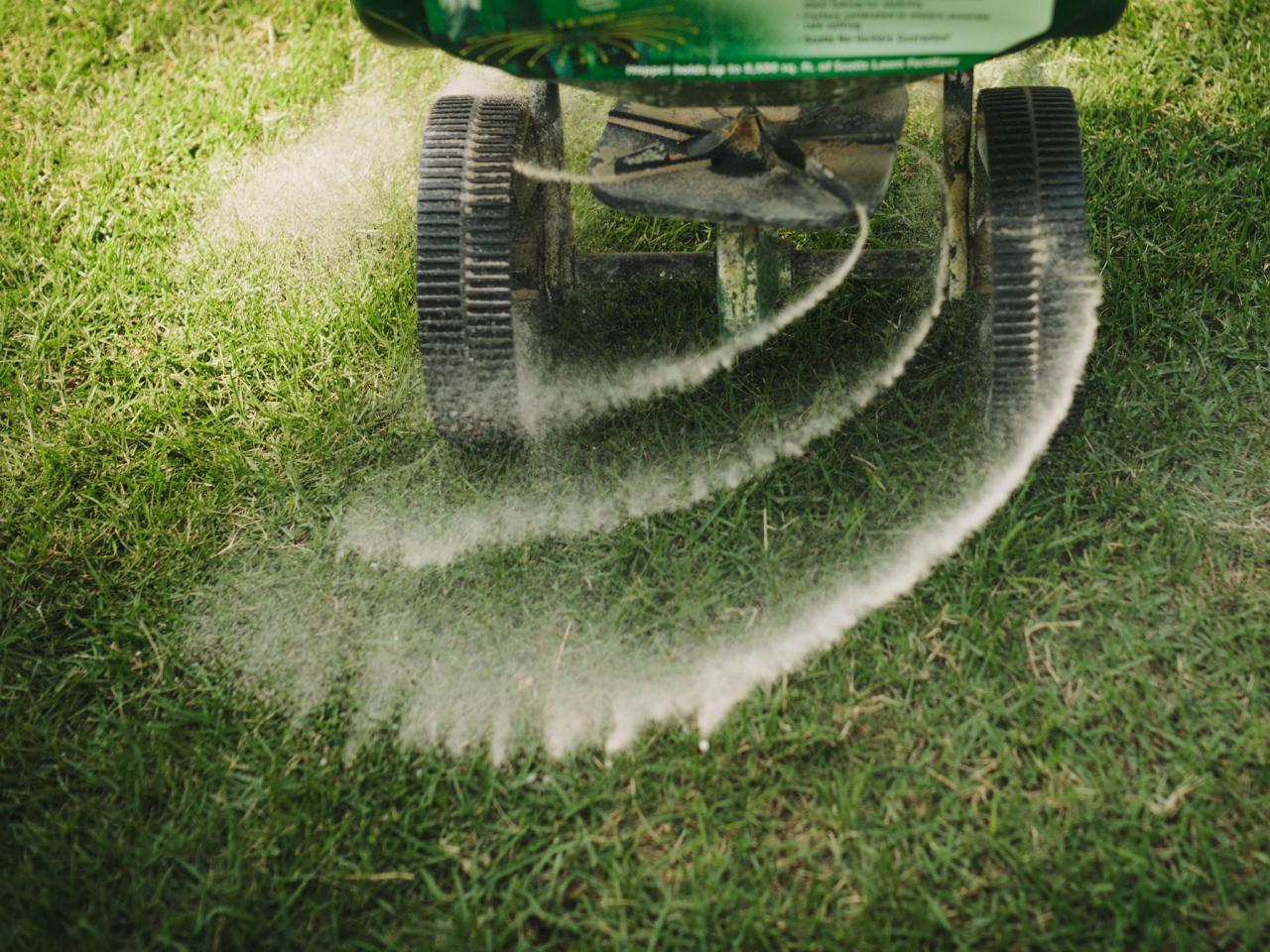
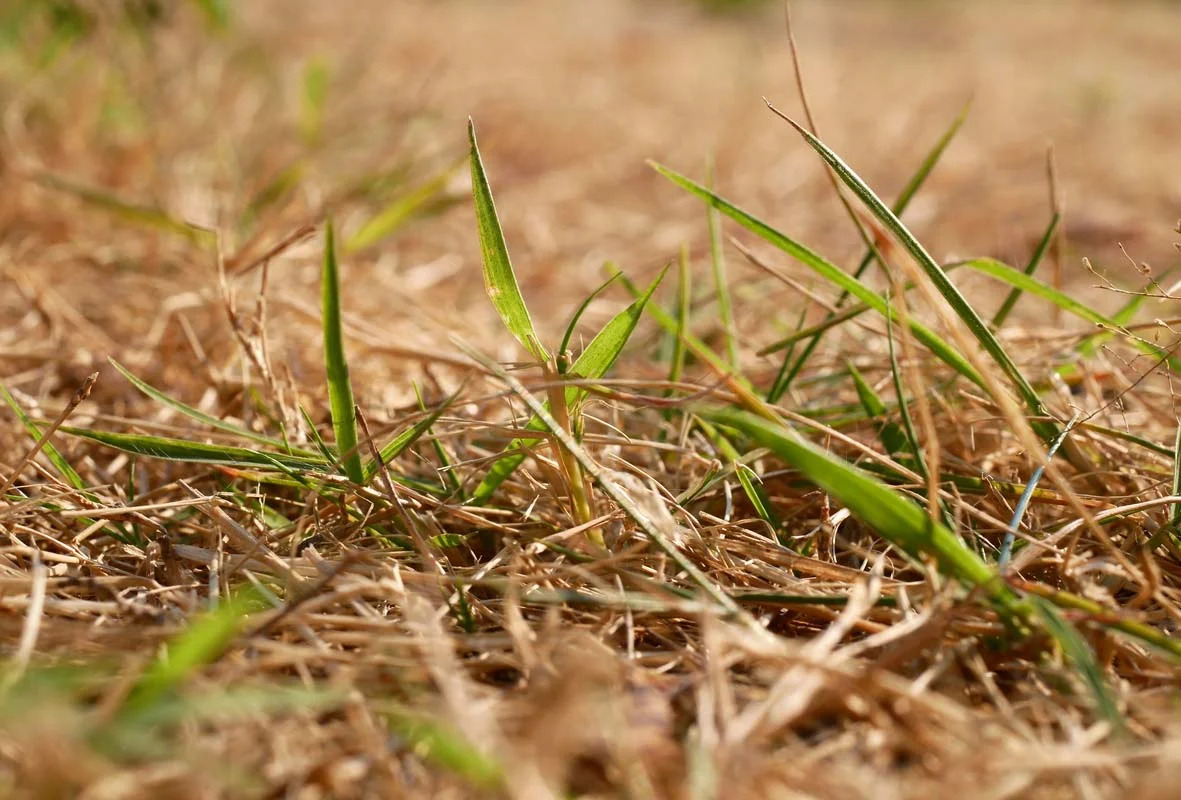
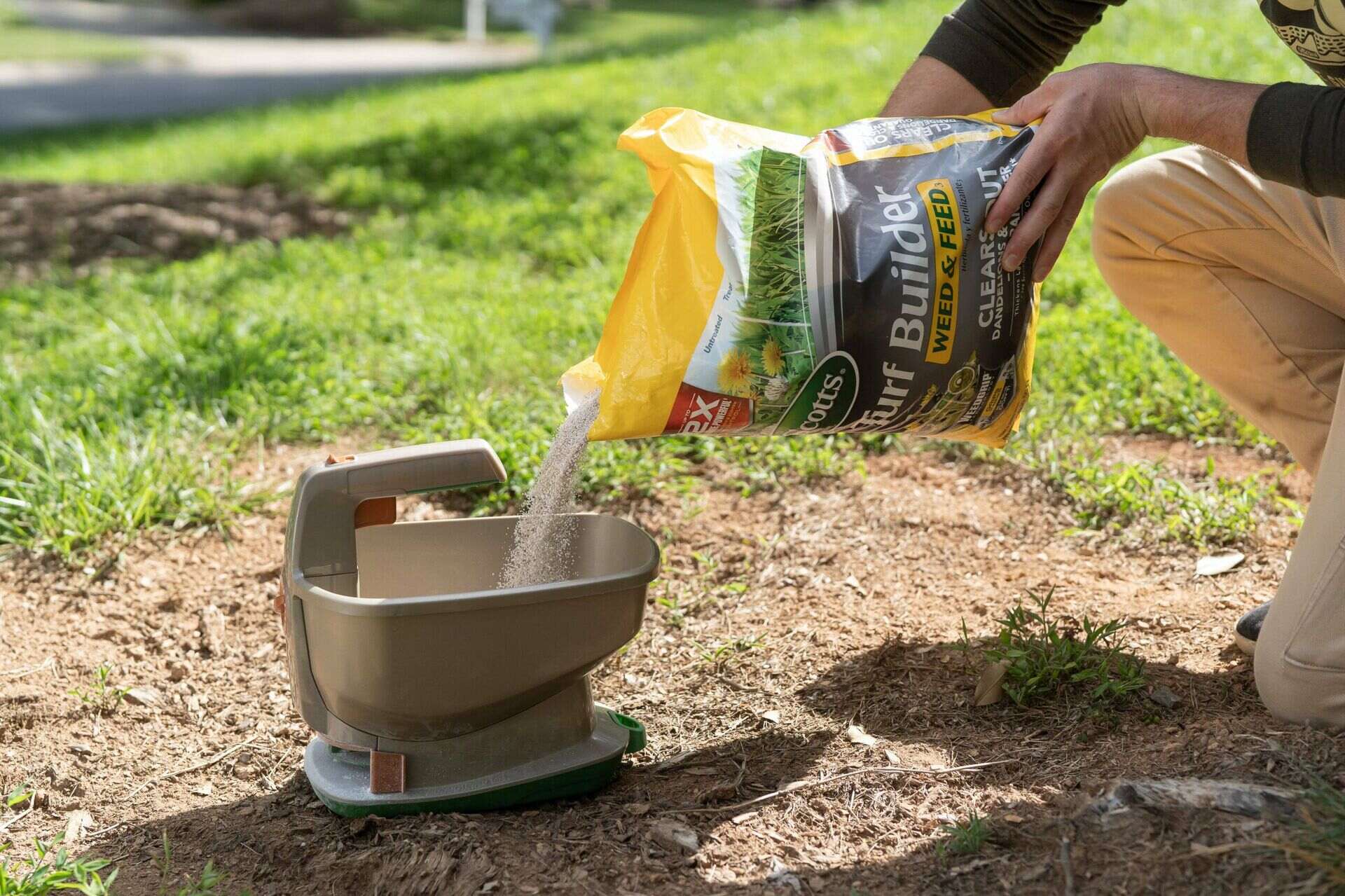
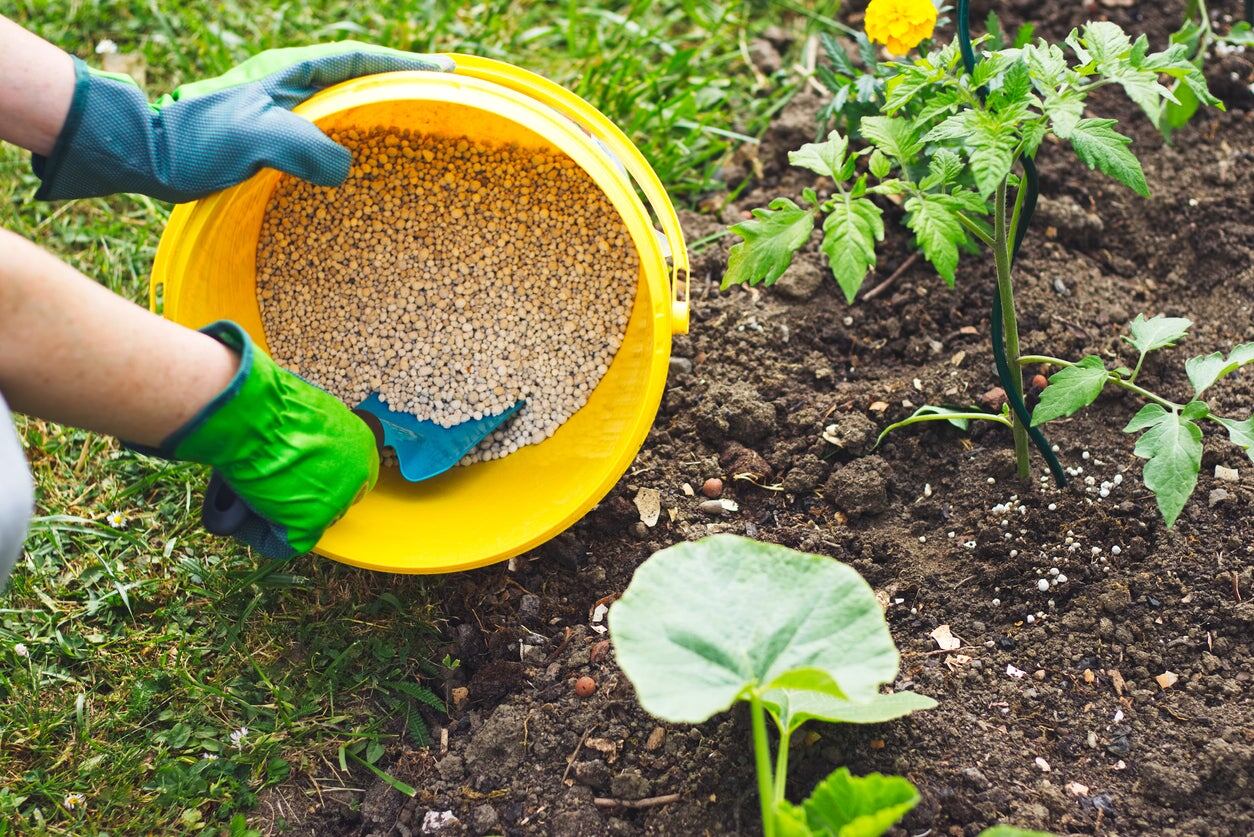
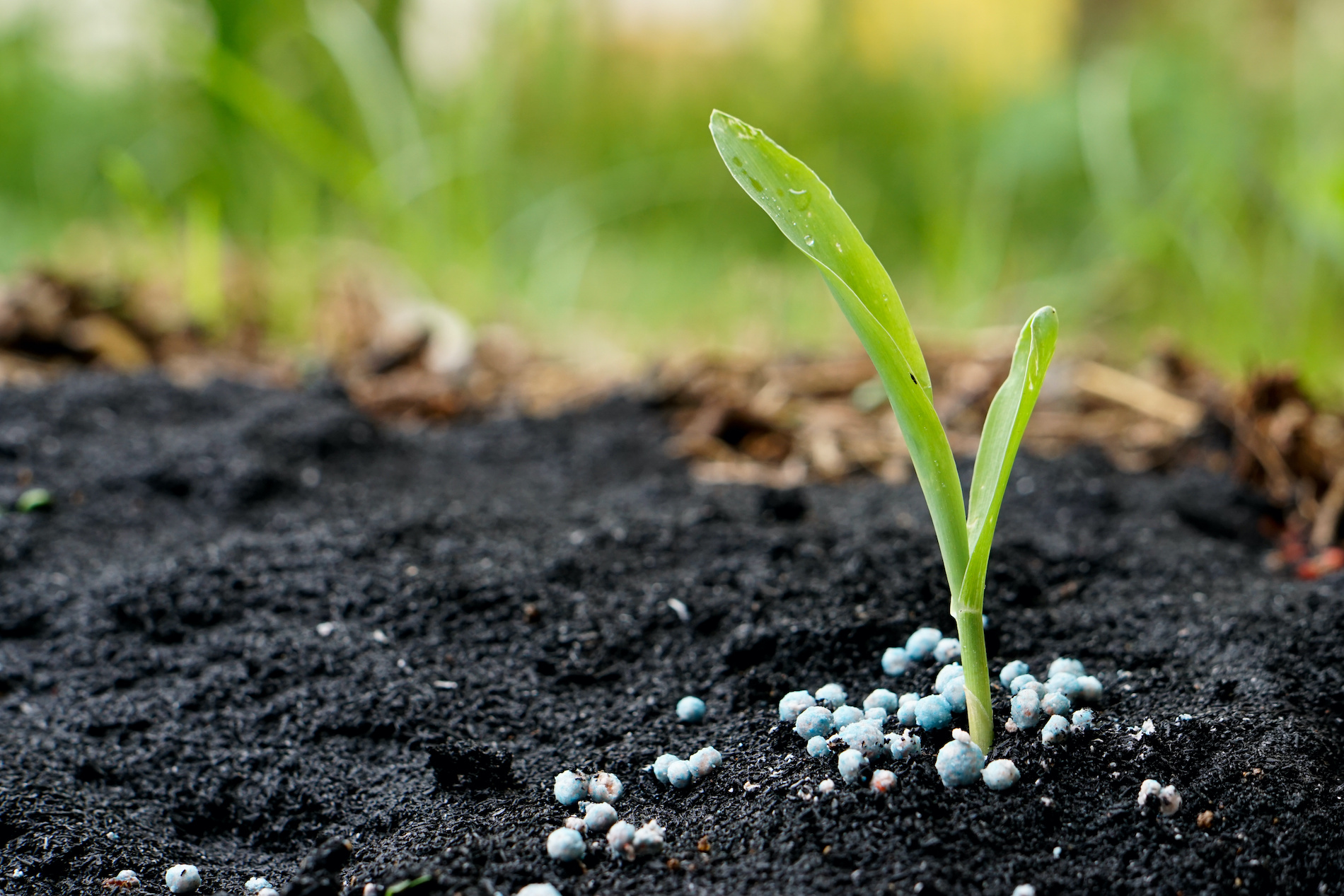

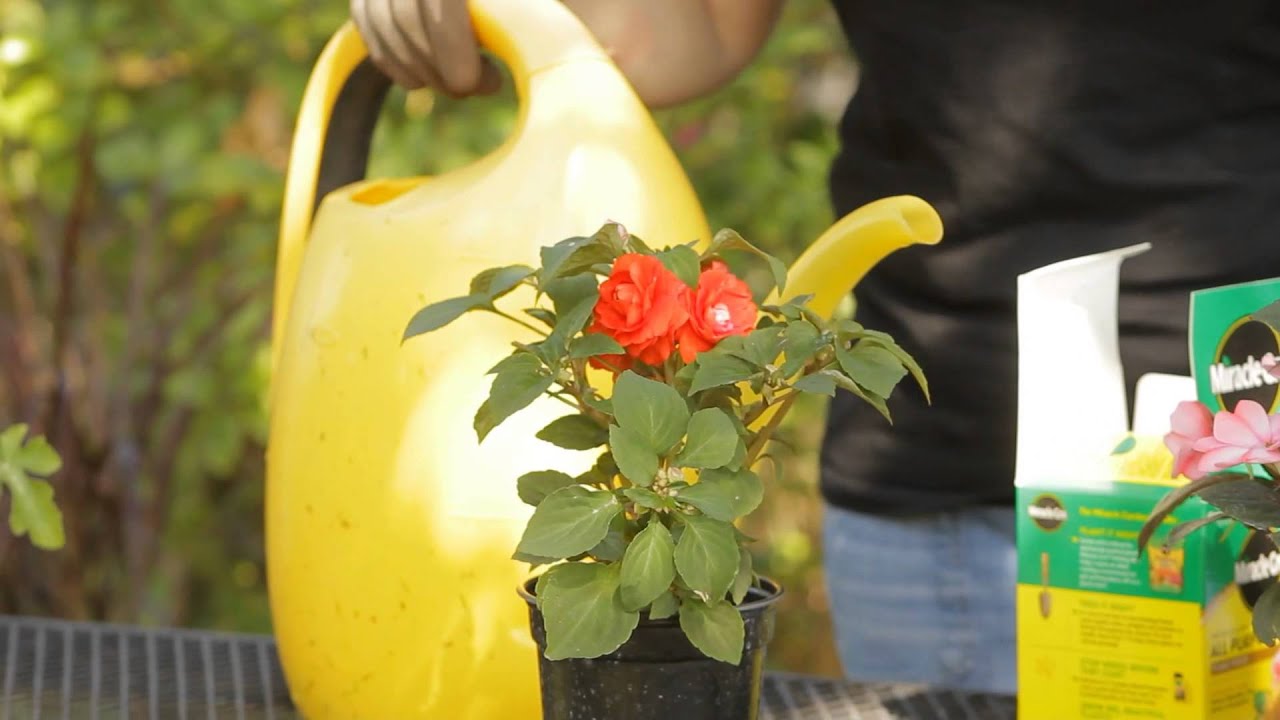
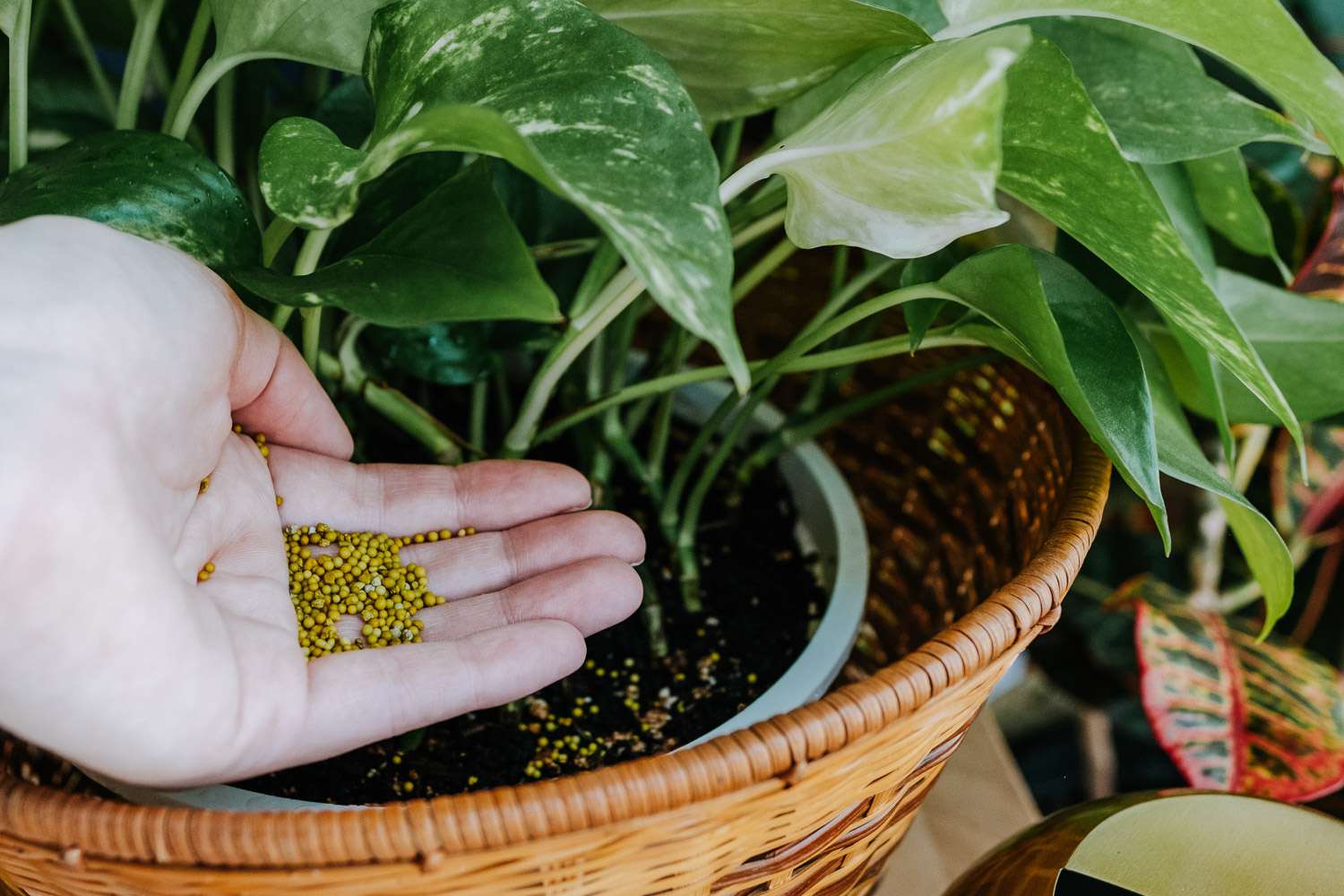
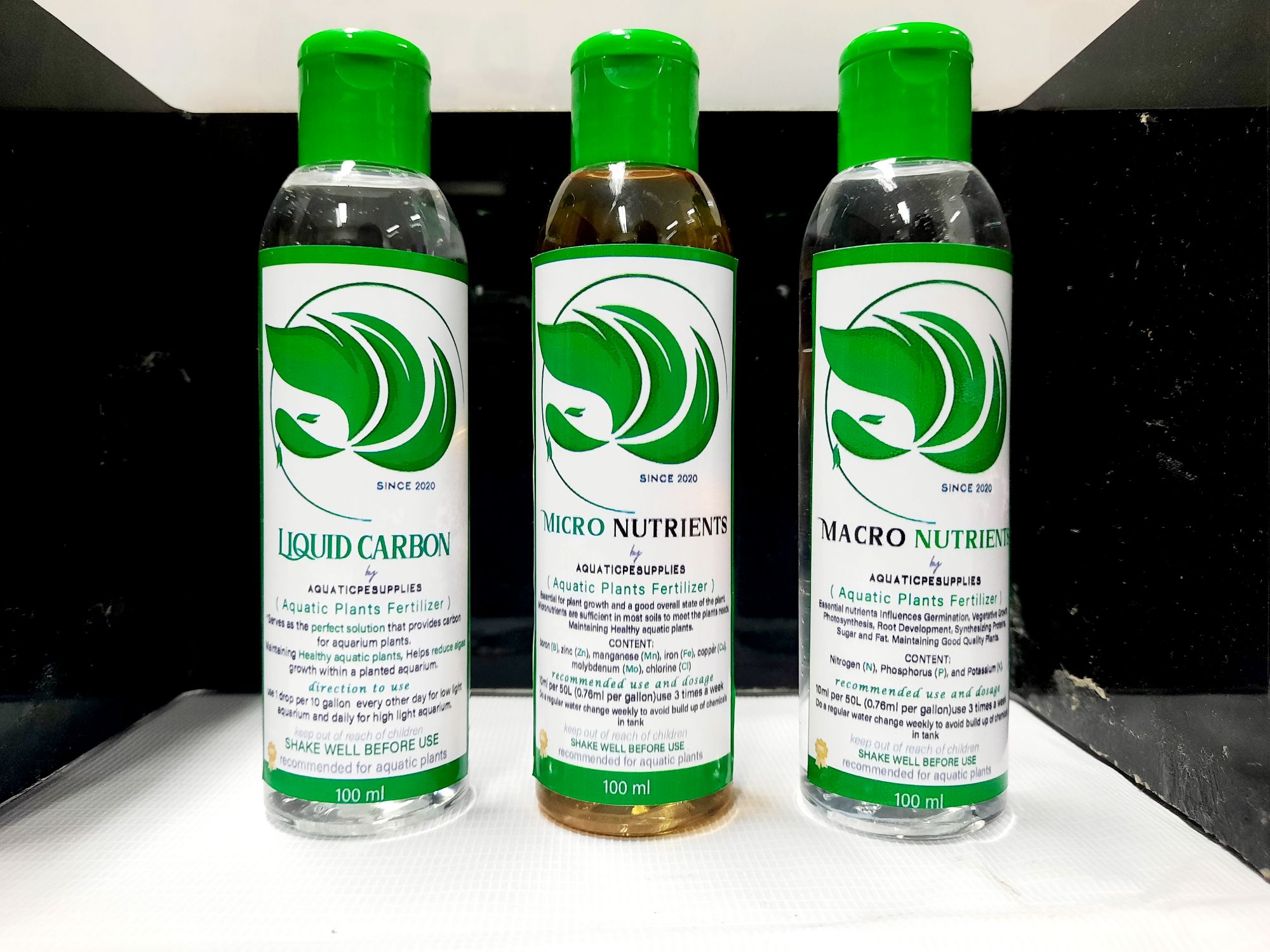
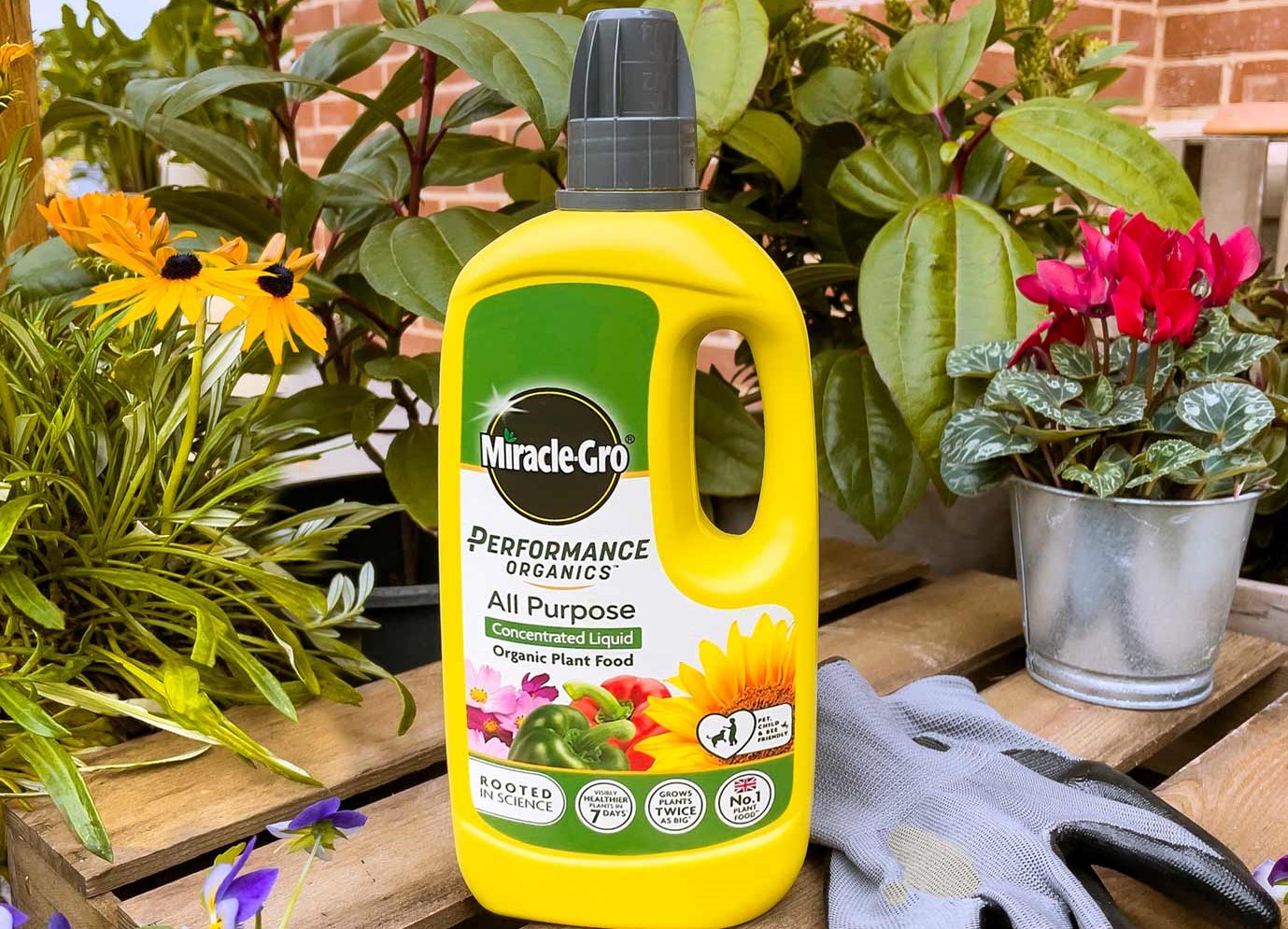
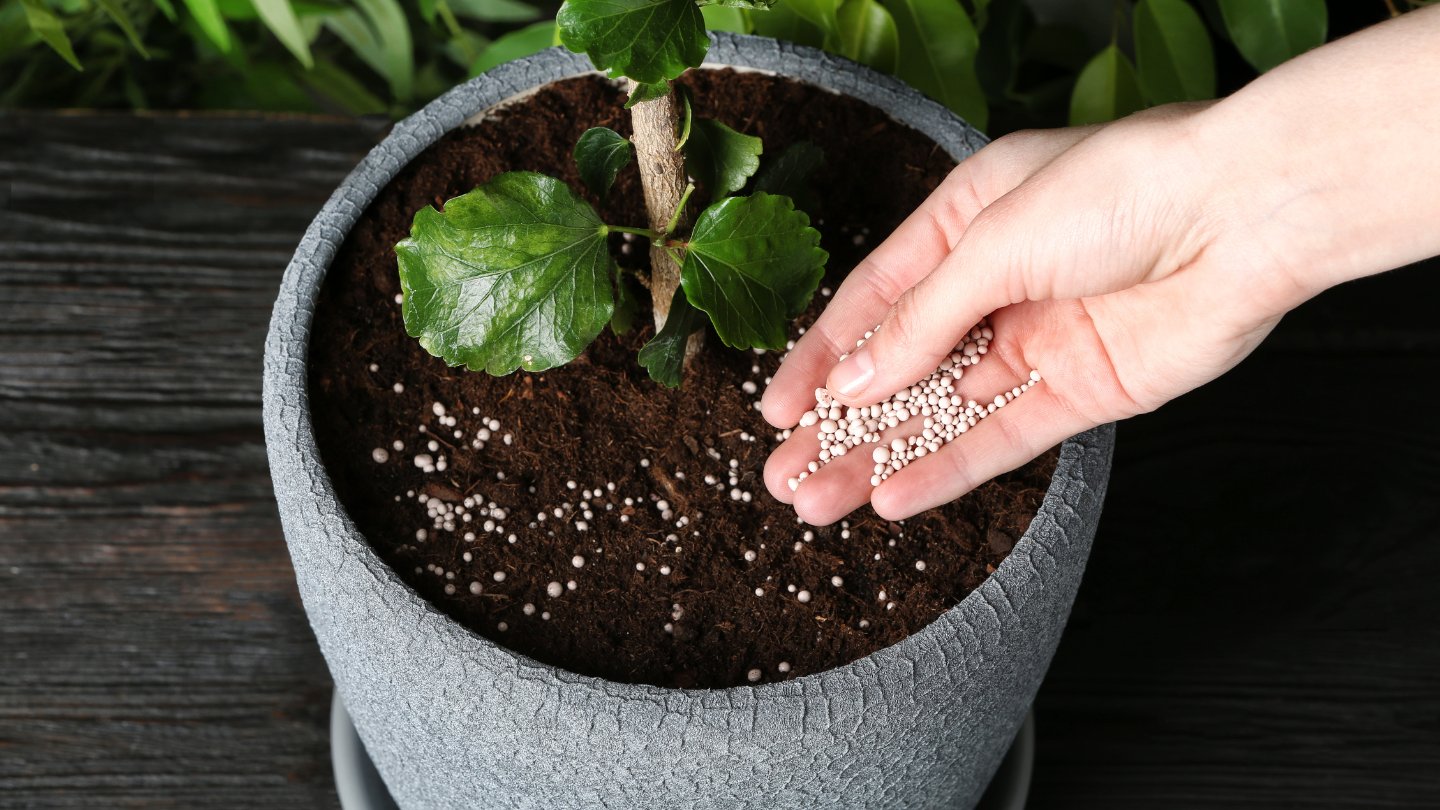
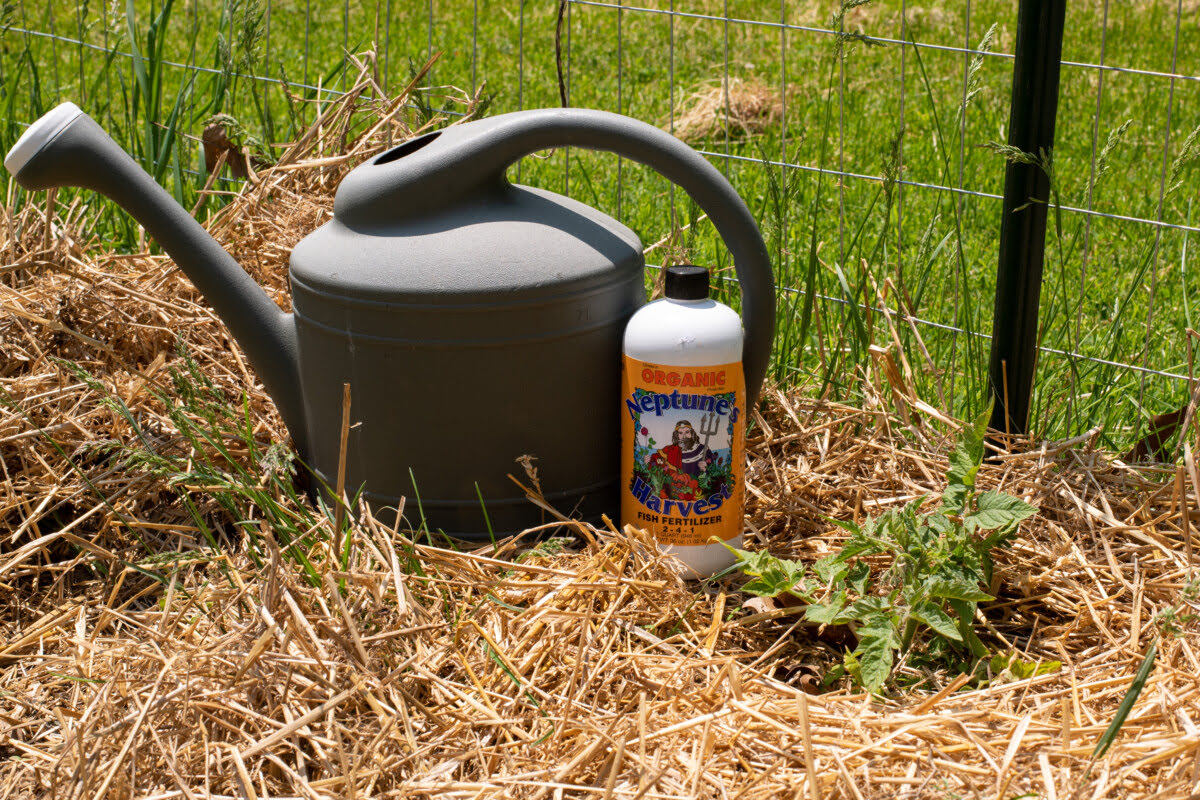
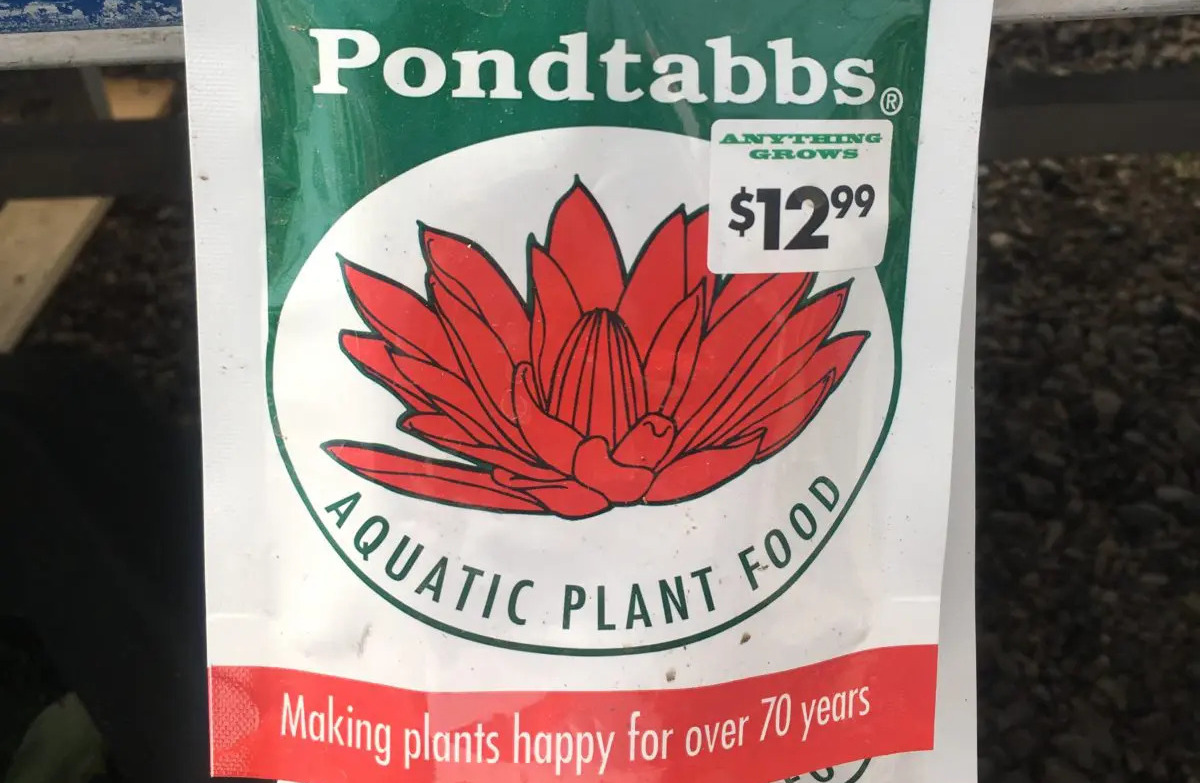

0 thoughts on “How To Apply Fertilizer To Plants”